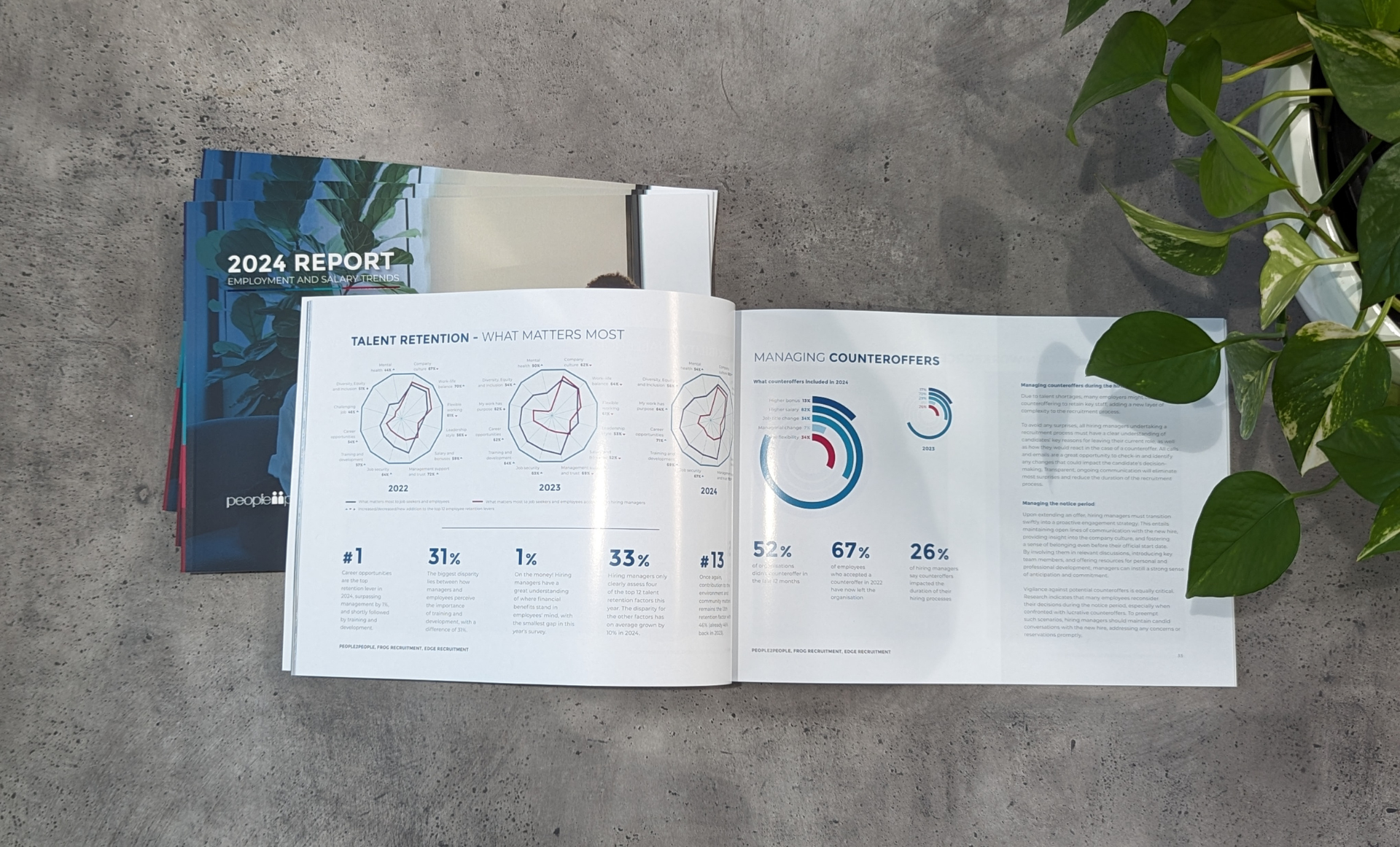Unless you’re an experienced event manager, these words may fill you with dread. With all the new diets, lifestyles and allergies around today, catering for the modern workplace morning tea is no longer as simple as a basket of muffins, bagels with cream cheese and an assortment of pastries. We need to start thinking about how to cater to everyone's dietary needs at the morning meeting.
Speaking as someone who is gluten and dairy intolerant, there is nothing worse than seeing a plate of forbidden food in front of you that you can’t touch—trust me, it’s torture.
When catering for people with dietary restrictions, it is important to ensure you know the extent of their food aversion. Is it a preference, intolerance or allergy?
- If someone has an intolerance or an allergy to gluten, for example, it means that their body is unable to breakdown the gluten protein.
- If the package says “may contain traces of gluten” it could potentially cause harmful effects to someone who is celiac or gluten intolerant.
Keep an eye out when doing your shopping as foods that are packaged or processed usually have additives such as gluten, dairy or soy. It’s important to research food you’re purchasing carefully before presenting it to someone with a food restriction.
DIETARY RESTRICTIONS COME IN ALL SHAPES AND SIZES
GLUTEN FREE
Gluten is a protein that is found in grains. When consumed by someone with an intolerance this can cause an upset stomach and bloating along with other symptoms depending on the gluten intolerance or sensitivity. The best way to avoid this is to go for packaging that says “Gluten-Free” on it.
VEGETARIAN
Vegetarians refrain from eating meat, fish and poultry but allow for products that come from animals such as milk and eggs. If you are catering for a vegetarian, then stick to the meat-free products such as beans, lentils, chickpeas and tofu.
VEGAN
A vegan diet refrains from eating any product that is or has come from an animal. This would include meat, fish, poultry, dairy products such as milk and yogurt, eggs, butter and occasionally bee products such as honey. Fresh vegetables, fruits and nuts are a great way to cater to any vegans in the group. There are also plenty of vegan friendly chocolates and treats out there too.
PALEO
Also known as the stone-age diet, this consists of foods that would have been eaten in the Paleolithic era. This consists of whole unprocessed foods, leafy greens, fresh pesticide-free vegetables, nuts, fruits on occasion, grass-fed meat, pastured free-range poultry and wild-caught fish.
KETO
Keto is all about high-fat and low carb. Someone who is ‘Keto’ sends their body into a state of ketosis where the body is no longer burning glucose (sugar), but instead uses ketones (fat) for energy. Keto snacks should have a sugar and carb count of nearly zero.
YOUR SHOPPING LIST
A great way to cater to everyone’s needs is to, of course, ask them. Ask if there are any allergies in the group, or if there is anything that people can’t eat, that way you can create your shopping list based on their needs.
While doughnuts and pastries are okay for some, others require other options to keep their taste buds satisfied.
Here are a few suggestions:
- Fresh fruit: A fresh fruit plate is always a great idea. Make one yourself or get one from the supermarket. This way you get your sugar fix with a more natural option.
- Hummus and vegetables: This is a classic! Many people (especially with their New Year’s resolutions) are looking to substitute their old eating habits with something a little healthier. A veggie platter with hummus to dip into is a bright and fresh way to add variety to your morning meeting. You can substitute regular hummus for cauliflower hummus, which Is a Paleo friendly alternative.
- Meat and cheese board: If you choose to do a meat and cheese board, ensure there is a gluten-free cracker choice such as rice crackers or paleo crackers (which don’t contain any grains at all). There are also dairy-free cheese options for anyone who may be vegan, dairy-free or paleo. Make sure to label these so everyone can dig in.
- Dried fruit: dried apple, banana, coconut, apricots, pineapple, dates and mango are a delicious alternative.
- Milk: Morning tea usually involves tea and coffee, and milk of course. When catering, make sure there is an alternative to dairy. Add almond, coconut or cashew milk to the mix. Try and provide 100% fruit juice with no added sugar for the non-tea and coffee drinkers as well as plenty of water, sparkling if you are feeling fancy.
- A few other things that make great additions are hard-boiled eggs, mixed nuts, olives, kale chips, paleo muffins, egg cups, vegan-friendly breakfast bars and energy balls.
Morning tea doesn’t have to be boring, by adding variety you can cater for all. Bon Appétit!
Get in touch
Find out more by contacting one of our specialisat recruitment consultants across Australia, New Zealand, and the United Kingdom.
Share this article
Useful links
Search for jobs today
Got a vacancy?
What's happening in the market?
How do I prepare for my job interview?
Recent Insights



NZ's 2024 Employment
and Salary Trends Report
Salary trends, talent attraction and retention strategies

Copyright © 2024, Frog Recruitment.
Frog Recruitment acknowledges Māori as tangata whenua and Treaty of Waitangi partners in Aotearoa New Zealand. We pay our respects to the mana whenua of the land on which Frog operates every day.
Frog Recruitment partners with CarbonInvoice to measure and mitigate any carbon emissions associated with the work we do.
Locations
Specialisations
Resources

